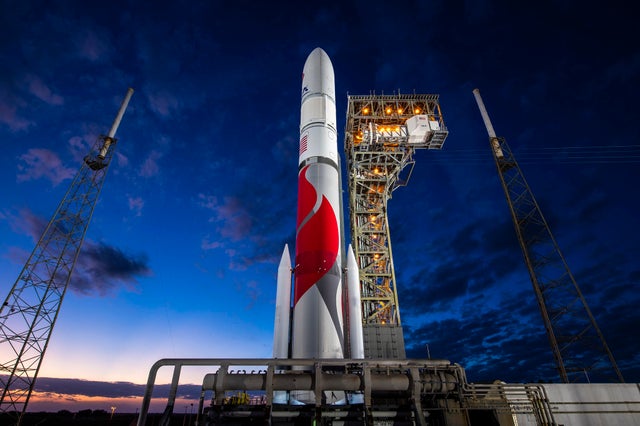
Vulcan Centaur, the first American spacecraft to try a Moon landing in almost 50 years, launched early Monday from Cape Canaveral Space Force Station. This time, it is the private sector that is propelling America back to the moon. United Launch Alliance’s brand-new rocket lifted off from Cape Canaveral at 2:18 a.m. (7:18 GMT) for its inaugural trip. Astrobotic’s Peregrine Lunar Lander is planned to land in mid-February. ULA took to X after the launch, posting, “Successful #VulcanRocket staging, ignition.”
The Peregrine lander is equipped with an array of scientific instruments
As per AFP, if all goes to plan, Peregrine, which is headed for Sinus Viscositatis, a mid-latitude region of the Moon, will touch down on February 23. “Leading America back to the surface of the Moon for the first time since Apollo is a momentous honour,” said Astrobotic’s CEO John Thornton before the launch.
The Peregrine lander is equipped with an array of scientific instruments to investigate the Moon’s radiation levels and surface composition. This will pave the road for astronauts’ return to the lunar surface. But it also carries some contentious cargo: the cremated bones and DNA of Star Trek inventor Gene Roddenberry, famed sci-fi author and scientist Arthur C. Clarke, and a dog. It also contains a shoebox-sized rover made by Carnegie Mellon University and a tangible Bitcoin.
Artemis is the United States’ attempt to return humans to the Moon this decade
Under the business Lunar Payload Services (CLPS) initiative, the United States has resorted to the business sector to send gear to the moon at a lower cost. It paid Astrobotic more than $100 million for the lunar landing mission. Intuitive Machines, based in Houston, will launch another moon mission in February, this time near the south pole. According to Joel Kearns, NASA’s deputy associate administrator for exploration, “We believe that it will enable… more cost-effective and faster trips to the lunar surface to prepare for Artemis.” Artemis is the United States’ attempt to return humans to the Moon this decade.
According to the article, controlled lunar landing is a difficult task. Approximately half of the attempts to land on the moon have failed. To date, only a few countries have succeeded: the Soviet Union in 1966, the United States in 1969 — the only country to land humans on the Moon — China, which has landed three times in the last decade, and India, which accomplished this feat on its second attempt.






